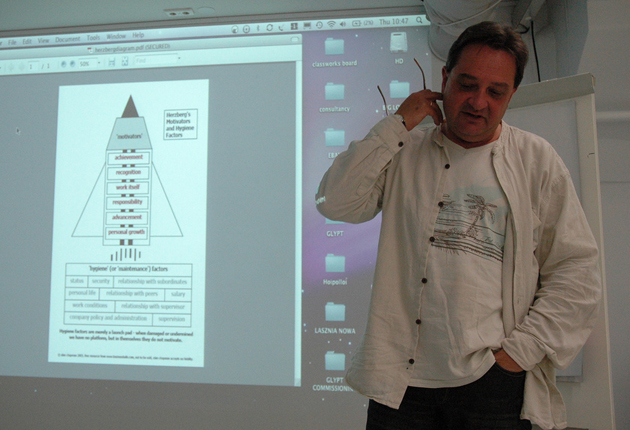Different contexts in Western and Eastern Europe
Paul Bogen
In terms of differences and similarities between Western and Eastern Europe, the main difference is that in Western Europe after World War II an infrastructure of cultural policies and cultural funding was put in place. In most countries you thus have 60 years of process that continues today and which has developed quite sophisticated structures and systems of funding.
The oldest centre in TEH is 40 years old – so again you have a history and experience of running and managing cultural centres and the appropriate structures; whereas in Eastern Europe everything is much newer. They\\\\\\\'re catching-up pretty quickly but the biggest difference is that there there was no state or government funding for the independent sector, but hat is starting to change. Further, there was no tradition of the independent sector and I guess that's starting to change as well. In the Eastern European countries the government structures tend to be more institutionalised, more traditional and less open to new ideas and change.
Related fights
- Different contexts in Western and Eastern Europe
- Interzona as a member of TEH
- Melkweg is in TEH from the beginning
- What is Engine Room Europe?
- ufaFabrik vs Trans Europe Halles
- Networking of NOASS
- Role of networking
- Arts Printing House in TEH
